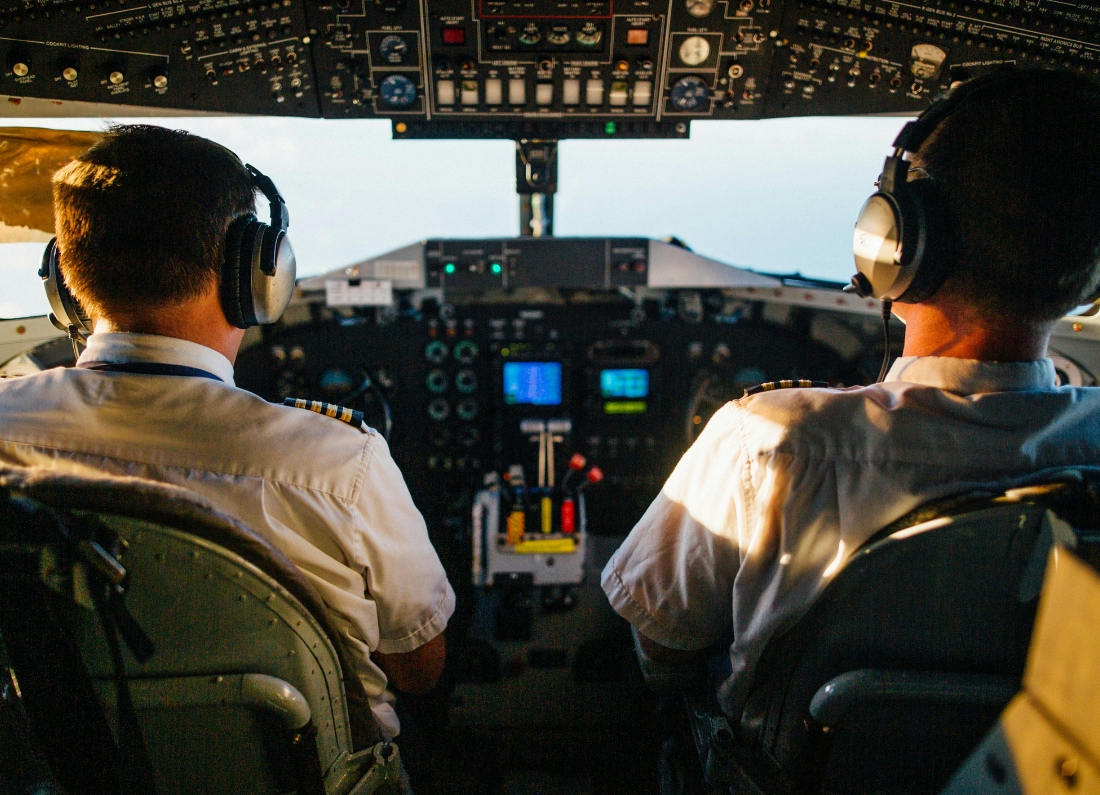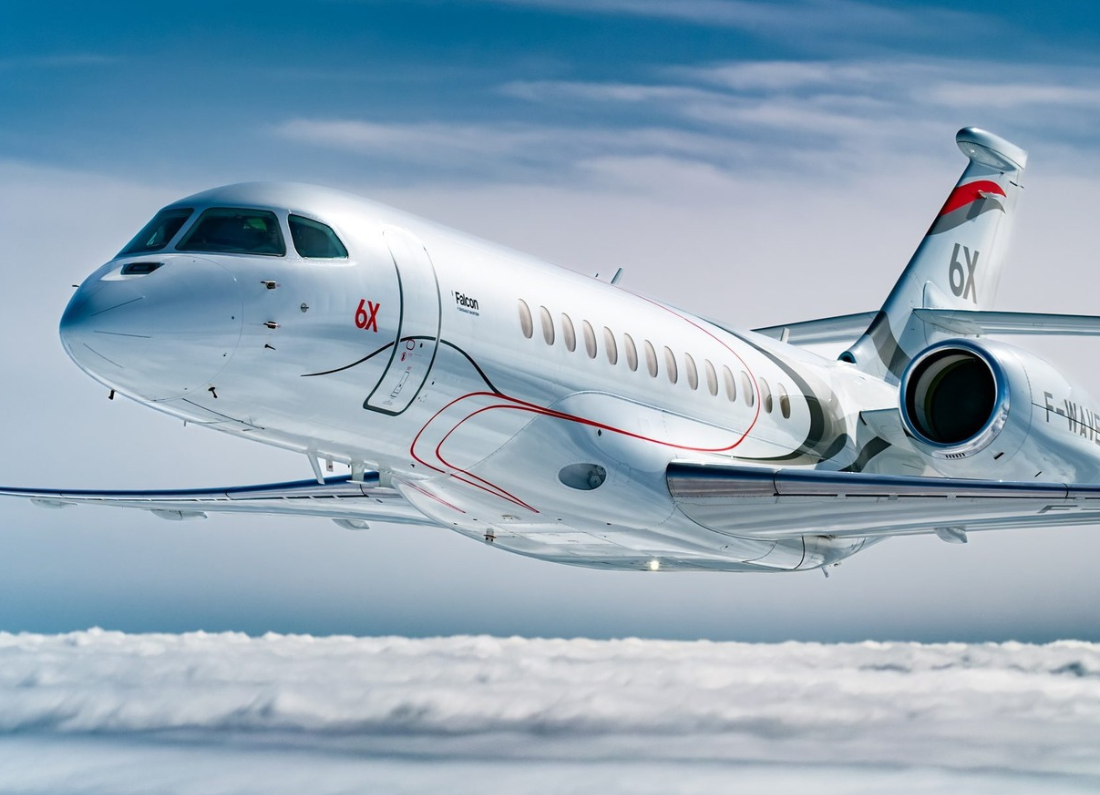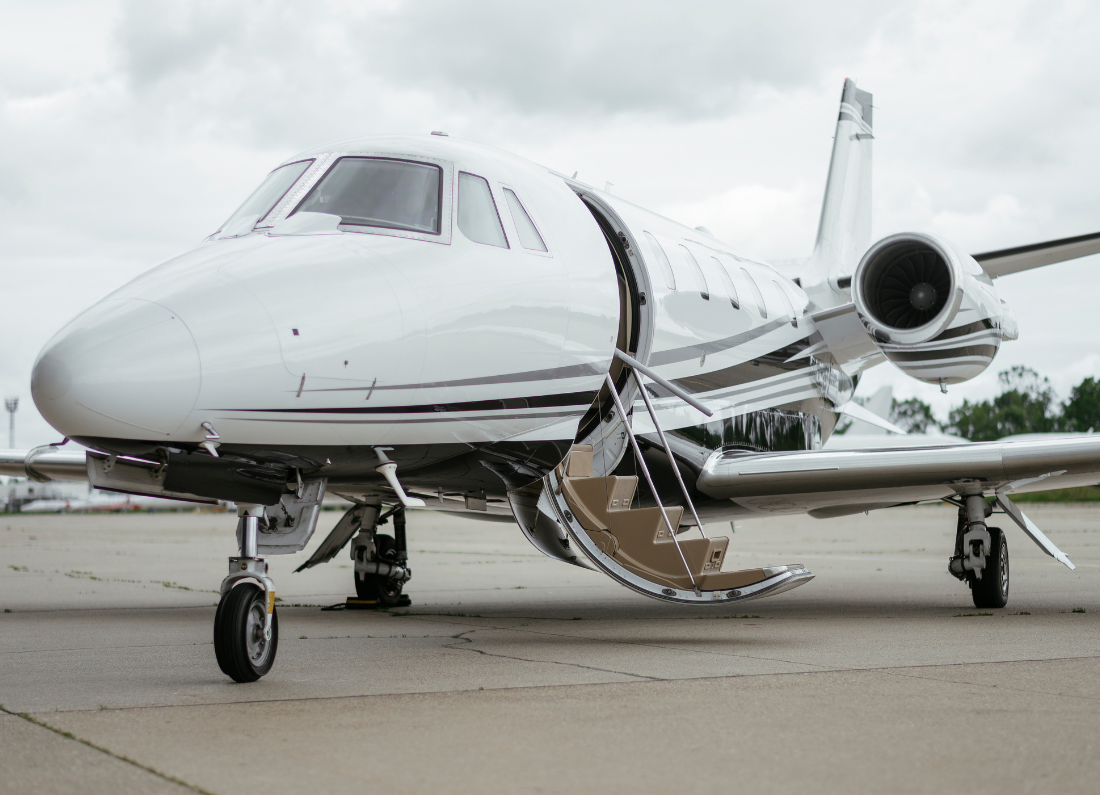Why Business Aviation and Private Jet Travel Are Soaring
The global aviation landscape is undergoing significant transformations, with private aviation standing out as one of the fastest-growing sectors in 2025. As the world adjusts to the realities of a post-pandemic environment, evolving work patterns, and an intensified emphasis on efficiency and convenience, the demand for private flights has experienced a remarkable leap forward.
Historically viewed as a luxury reserved for the ultra-wealthy, private aviation is increasingly being seen as a practical and strategic travel option for corporations, high-net-worth individuals (HNWIs), and government officials alike. In 2025, this sector is poised for continued expansion, driven by several key factors.
Key Drivers Behind the Growing Demand
- Efficiency and Time-Saving
Time has become an indispensable resource for executives, entrepreneurs, and decision-makers. Private flights provide distinct advantages, including:
- Direct, Non-Stop Routes: Access to remote or underserved destinations that may not be easily reached by commercial airlines, allowing travelers to save hours, if not days, in transit.
- Flexible Scheduling: The ability to adjust travel plans on short notice, accommodating last-minute meetings or changes in itinerary without the constraints of commercial flight schedules.
- Streamlined Airport Experience: Reduced waiting times at airports due to access to private terminals and fast-track security and customs processes, significantly decreasing overall travel time. In a business landscape where agility and quick decision-making are paramount, private aviation offers an unparalleled convenience.
- Health and Safety Concerns
The COVID-19 pandemic has permanently reshaped travel preferences, with health and personal space becoming top priorities for many individuals. Even in 2025, private flights mitigate several risks:
- Minimized Exposure: Travelers encounter fewer crowds by arriving at private terminals, effectively avoiding busy, crowded commercial airports.
- Limited Interaction: With smaller passenger loads, there is less interaction with large groups, thus reducing potential health risks associated with airborne viruses and illness.
- Controlled Environment: Private jets offer a more sanitary and controlled environment, where passengers can ensure hygiene standards to their liking. Many now view private aviation as a safer option, whether for business trips or personal vacations.
- Rise of Remote and Hybrid Work Culture
The recent increase in remote work has transformed traditional business travel. Executives and teams are becoming more mobile, often working from various locations around the globe. Private flights provide compelling advantages by:
- Efficient Access to Multiple Destinations: Enabling corporate teams to reach remote offices, attend conferences, and meet clients efficiently, cutting down on travel time and allowing for more productive trips.
- Seamless Business-Leisure Integration: Facilitating “bleisure” trips that allow business travelers to easily blend work with leisure—extending stays for vacation or engaging in local experiences post-meetings.
- Enhanced Onboard Productivity: Offering quiet, customized cabin environments equipped with Wi-Fi and other amenities that enable passengers to work effectively during flights.
- Increased Accessibility and Fractional Ownership Models
Private aviation is no longer confined to the realm of full aircraft ownership. Innovative business models are broadening access, including:
- Jet Charter Services: Allowing customers to rent jets as needed, providing the flexibility to book flights without long-term commitments.
- Fractional Ownership Programs: Enabling multiple owners to share the purchase and operating costs of a single aircraft, making private aviation financially feasible for a wider range of individuals.
- Jet Card Memberships: Offering pre-paid flight hours on private jets without the commitment of ownership, appealing to those seeking on-demand flexibility.
- On-Demand Booking Platforms: Leveraging technology to simplify the process of booking private flights, similar to booking a ride-sharing service, making it increasingly user-friendly. By 2025, technological advancements and user-friendly apps make accessing private jets more straightforward and appealing to a broader audience.
- Growing Demand from Emerging Markets
A newfound appetite for private aviation is emerging in regions like Asia, the Middle East, and parts of Africa, driven by factors such as:
- Economic Growth: Expanding economies fuel an increase in disposable incomes, making private travel more attainable for a larger segment of the population.
- Increasing Wealth: More individuals and businesses are becoming high-net-worth, leading to higher demand for personalized travel experiences.
- Limited Commercial Options: In several regions, insufficient commercial flight availability drives the demand for reliable and flexible private air travel solutions.
Sustainability in Private Aviation
While environmental concerns present ongoing challenges for the sector, advancements in sustainability are gaining traction. In 2025, notable developments include:
- Sustainable Aviation Fuel (SAF): The increased implementation of SAF as an alternative to traditional jet fuel helps reduce carbon emissions significantly.
- Carbon Offset Initiatives: Investment in comprehensive carbon offset programs that allow operators to counterbalance their emissions and comply with emerging environmental regulations.
- Development of Electric and Hybrid Aircraft: The exploration of electric and hybrid-electric private aircraft prototypes marks a significant step toward reducing the industry’s carbon footprint.
Operators that adopt environmentally friendly practices not only contribute to a sustainable future but also position themselves favorably within evolving regulatory landscapes and marketplace expectations.
Market Outlook: Strong Growth Trajectory
Industry analysts project a robust growth trajectory for the private aviation market, estimating an annual growth rate of 7–10% through 2025. Key growth segments include:
- Light and Mid-Size Jets: Particularly popular for regional travel due to their versatility and cost-effectiveness.
- Ultra-Long-Range Jets: Ideal for intercontinental travel, meeting the needs of global businesses and travelers.
- Helicopter and eVTOL Services: Increasingly important for urban mobility, providing efficient transport within congested cities.
Manufacturers such as Gulfstream, Bombardier, and Embraer are reporting strong order books, while private charter companies are expanding their fleets to keep pace with rising demand.
Conclusion
The burgeoning private aviation sector is more than just a passing trend; it symbolizes a profound shift in how individuals and businesses prioritize time, flexibility, and safety in their travel decisions. As technology, accessibility, and sustainability continue to progress, private flights are set to remain an integral and expanding segment of the global aviation industry well into 2025 and beyond.
For airports, operators, and service providers, adapting to this increasing demand is not merely an opportunity; it is essential for maintaining competitive advantage in the evolving aviation landscape.













